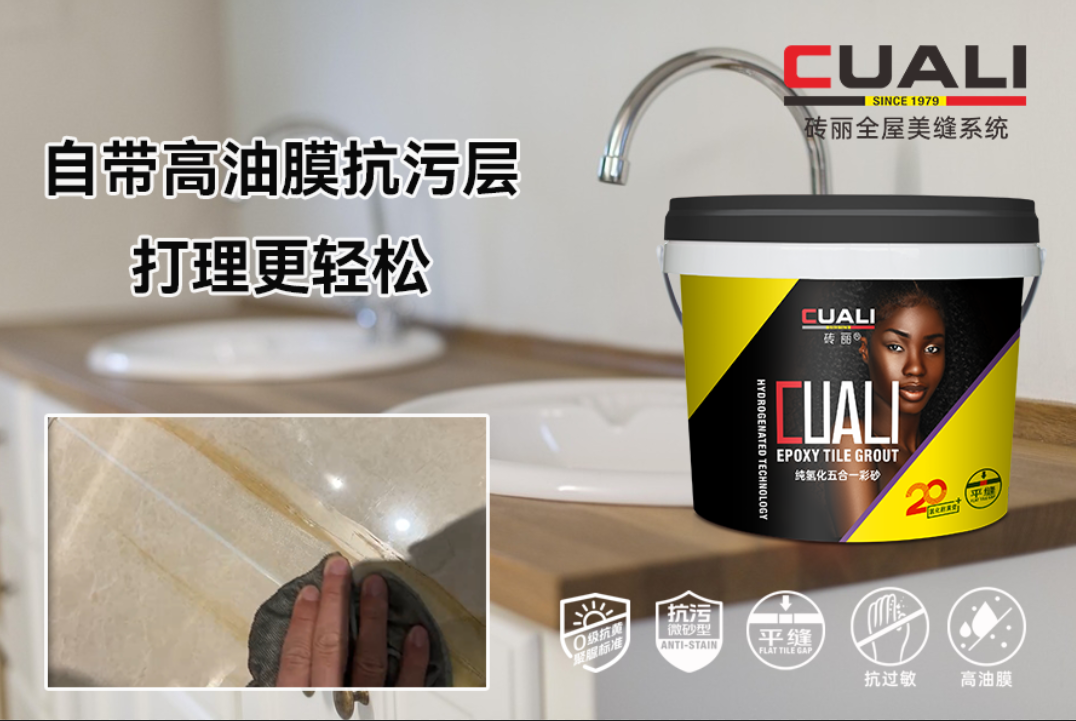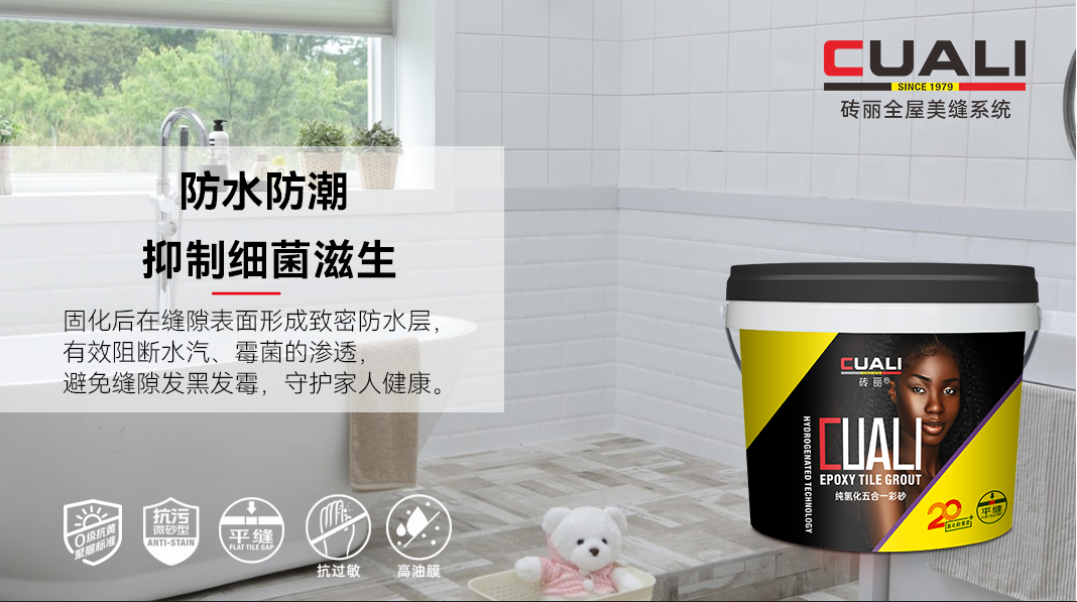
Can Smaller Joints Save Grout Materials?
When it comes to tile installation, many people think "the narrower the joints, the better" – but that’s not actually true. In fact, overly thin joints can cause big problems during grouting.
For most regular tiles, leaving 2-3mm gaps before grouting works best. This width makes grouting easier and ensures better results. For antique tiles or mosaics, wider gaps (3-5mm) are better – they highlight the tiles’ unique patterns and add character to the design.
Too narrow joints spell trouble. First, they make tile installation trickier, as tiles are harder to align properly. Second, finding the right grout becomes a hassle. Ordinary grouts can’t penetrate tiny gaps effectively. Even if you force them in, most of the material sits on the surface instead of filling the joint fully. This wastes grout, weakens adhesion, and leads to early cracking or peeling – a costly headache in the long run.
If your tiles already have narrow joints, try CUALI water-based close-seam colored sand. It’s specially made for tight gaps.
CUALI’s formula uses ultra-fine 2000-mesh sand, which flows easily into narrow joints and fills them completely without sagging. Plus, it can be color-matched to your tiles, creating a seamless look that makes the entire installation feel like one continuous surface.
Pro tip: If you plan to use polyurea or epoxy grouts, remember to leave adequate gaps during tile installation – they need more space to work effectively!
Summary:
This article explains that narrower tile joints aren’t better. It recommends 2-3mm gaps for regular tiles (3-5mm for antique tiles and mosaics) and notes that too-narrow joints cause installation and grouting issues. It also highlights CUALI water-based close-seam colored sand as a solution for tight gaps, thanks to its penetration power and custom color options.
Time:
2025-07-14
More News
